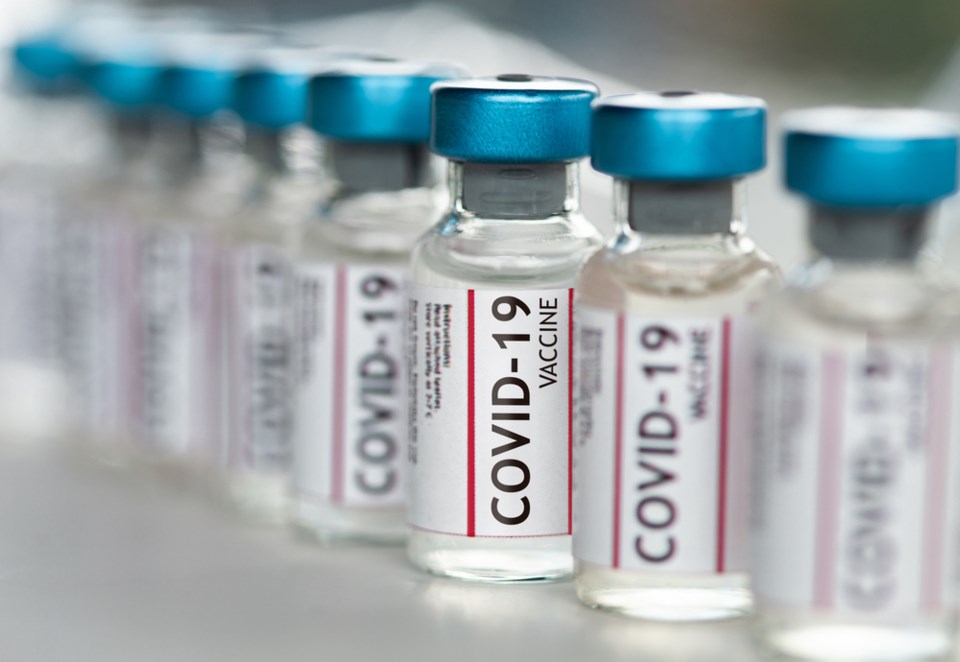THUNDER BAY - As the province continues to roll out the COVID-19 vaccine, First Nation communities in Northern Ontario will be among the priorities for phase one of the three phase roll out.
Gen. Rick Hillier, chair of the COVID-19 Vaccine Distribution Task Force, provided an update on the province’s vaccine rollout on Tuesday.
“We realized early on our mission was a marathon and not a sprint,” he said. “We want to be efficient and we want to be fair.”
The province will roll out the COVID-19 vaccine in three phases, with the first phase already underway and prioritizing long-term care workers and residents and frontline health care workers.
There are 19 hospitals running vaccination sites and 14,000 people have been vaccinated to date.
According to Hillier, the province has 95,000 doses of the Pfizer vaccine and is expecting to receive 50,000 doses of the Moderna vaccine on Wednesday, with an additional 50,000 doses in the second week in January.
In the first week of January another 50,000 Pfizer doses are expected and an additional 80,000 doses each week, giving the province 300,000 doses in January to administer to the people in Ontario.
Of the 50,000 Moderna vaccines expected in January, the majority will be used for a vaccination project for First Nations communities in Northern Ontario.
“We started in parallel a project with a small task force to go into northern Ontario and look after initially those isolated communities, primarily along James Bay to start with who are at risk themselves and to vaccinate the people there,” Hillier said.
“We have been in contact with the chiefs in the regions, the health people on the ground. We are preparing to do that very early in January.”
Hillier added that they want to do 31 fly-in communities and then look at how to rollout the vaccine across the northern part of Ontario.
“We know their medical support is not huge on the ground, so if they get COVID-19 in the communities it would be a tragedy and we want to prevent that,” he said.
There are no specifics on which communities are among those who will be taking part in the task force in the north.
Phase one of the vaccine rollout is expected to take until early March.
“By the end of phase one, we hope to have vaccinated more than one million health care workers and people in the most vulnerable circumstances in Ontario,” Hillier said. “We can’t do it any faster. We don’t have the vaccines coming to us any faster. If we did we would do it more quickly.”
Phase two will take place throughout the spring and summer and Hillier said he expects a large number of vaccines to start flowing into the province throughout April, May, and June.
Hillier said the province could receive five million doses per month and vaccinate 150,000 people per day.
“With the number of vaccines we have coming in, we will be able to get into a number of priorities across Ontario,” he said. “We want to end phase two with the bulk of the population having the opportunity to get the vaccine by the end of July.”
Phase three will see the COVID-19 vaccine distribution similar to that of the seasonal flu vaccine and be available through family physicians and pharmacies.
